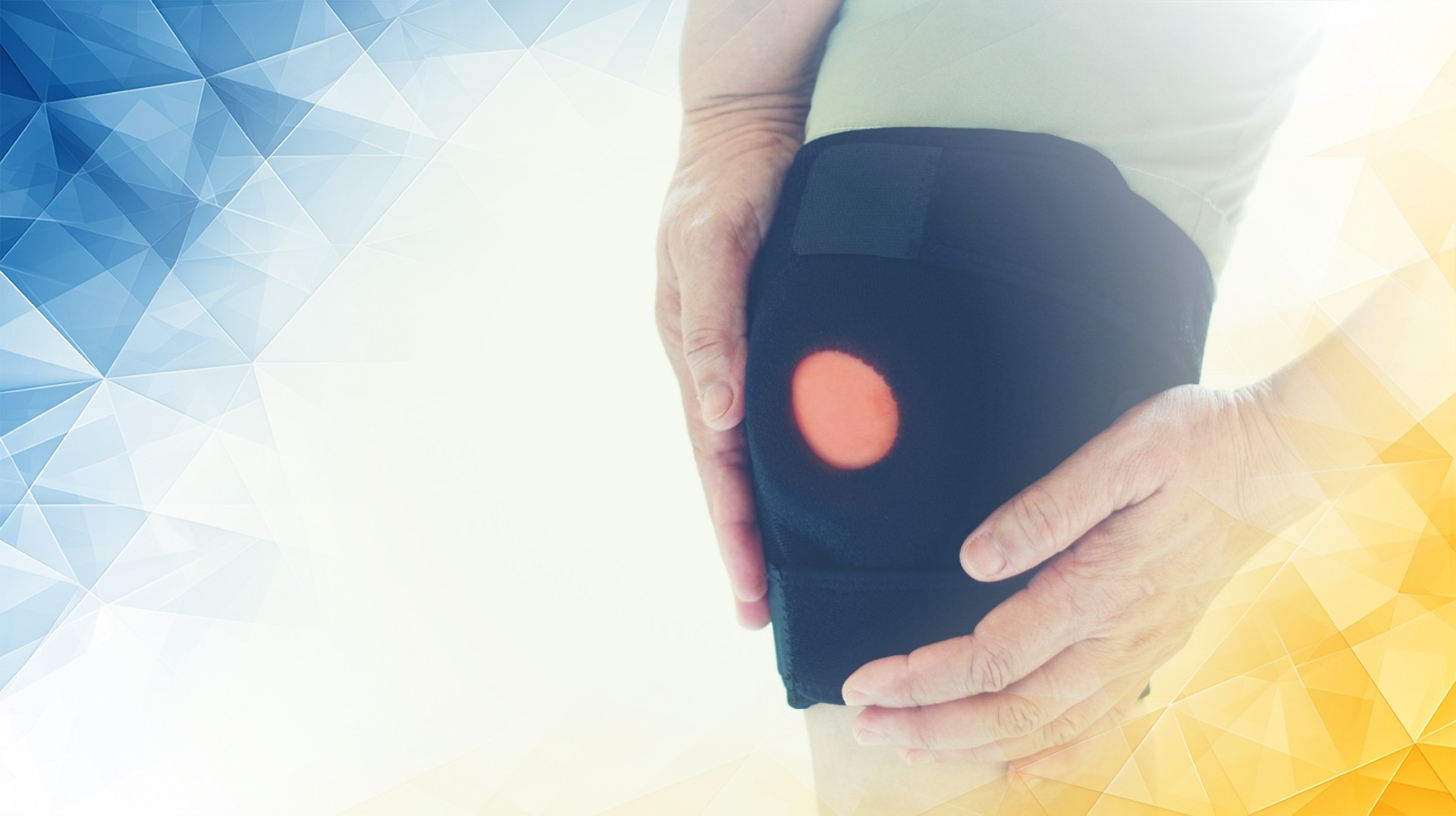



Labrum shoulder tears are injuries that can cause ongoing pain and make simple arm movements challenging. Whether you’re an athlete or use your arms frequently at work or home, understanding this injury can help guide you toward the right treatment and a smoother recovery. In this article, we’ll break down the latest findings on how labrum tear s happen, how they’re detected, and what innovative treatment options are available. Our goal is to give you an up-to-date, clear guide for managing labrum shoulder tears with the best possible care.
The shoulder is one of the body’s most mobile joints, allowing for a wide range of movement—from reaching up high to rotating your arm. Central to this flexibility is the glenoid labrum , a ring of tough, flexible tissue that sits around the shoulder socket . Think of the labrum as a bumper or cushion: it stabilizes the shoulder by holding the upper arm bone (humerus) securely in place.
Because the labrum is both soft and essential for stability, it’s also prone to being injured. Most shoulder dislocations involve damage to the labrum, and both sudden and repetitive movements can lead to tears, especially in the upper part (the “superior” labrum). Thanks to today’s advanced imaging technology, doctors can now detect even small labrum injuries , making diagnosis much more accurate and individualized.
A labrum tear can occur suddenly—from a fall , collision, or sudden pull—or slowly over time due to repeated overhead activity. Sports like swimming, tennis, and baseball put a lot of strain on the shoulder and increase the risk. Age-related wear and tear can also lead to these injuries.
If your shoulder is naturally loose, or you’ve had prior injuries to the area, your risk for a labrum tear is higher. Poor movement patterns involving the shoulder blade can contribute as well. Recognizing these risks early allows for faster intervention, which can prevent injuries from progressing or becoming chronic. It’s also important to know that labrum tears can present with vague symptoms, making diagnosis tricky and sometimes leading to delayed treatment.
Treatment for labrum tear s has advanced significantly. While options like physical therapy and open surgery once dominated, most procedures are now performed arthroscopically—with small instruments and cameras through tiny incisions. This less invasive approach generally causes less pain and allows for a quicker recovery .
Beyond surgery, innovative therapies such as platelet-rich plasma (PRP) and stem cell injections are showing promise in encouraging faster, more complete healing. Rehabilitation programs now go beyond just strengthening muscles—they also retrain the body’s movement and coordination, restoring healthy shoulder function. Pain is managed more carefully, reducing the need for strong painkillers and focusing more on holistic recovery.
These advances offer patients more choices, smoother recoveries, and better long-term outcomes than ever before.
Even with these improvements, some questions remain. When should surgery be chosen over physical therapy ? Who are the best candidates for the latest biologic treatments? The medical community is still researching these topics, and opinions can vary.
That’s why it’s essential for patients and doctors to collaborate on decisions, considering each person’s goals, activity level, and specific injury details. Individualized care—guided by both clinical findings and advanced imaging—ensures the best chance for recovery that fits your unique needs.
In summary, labrum shoulder tears require careful diagnosis and a tailored treatment plan. Modern advances in imaging, surgical techniques, and biologic therapies are making recovery faster and more reliable. As research progresses, new insights will help define when and how to use these treatments for the best results. For now, combining technology, biology, and smart rehabilitation offers a hopeful outlook—helping people return to their favorite activities, pain-free and stronger than before.
All our treatments are selected to help patients achieve the best possible outcomes and return to the quality of life they deserve. Get in touch if you have any questions.
At London Cartilage Clinic, we are constantly staying up-to-date on the latest treatment options for knee injuries and ongoing knee health issues. As a result, our patients have access to the best equipment, techniques, and expertise in the field, whether it’s for cartilage repair, regeneration, or replacement.
For the best in patient care and cartilage knowledge, contact London Cartilage Clinic today.
At London Cartilage Clinic, our team has spent years gaining an in-depth understanding of human biology and the skills necessary to provide a wide range of cartilage treatments. It’s our mission to administer comprehensive care through innovative solutions targeted at key areas, including cartilage injuries. During an initial consultation, one of our medical professionals will establish which path forward is best for you.
Contact us if you have any questions about the various treatment methods on offer.
Legal & Medical Disclaimer
This article is written by an independent contributor and reflects their own views and experience, not necessarily those of londoncartilage.com. It is provided for general information and education only and does not constitute medical advice, diagnosis, or treatment.
Always seek personalised advice from a qualified healthcare professional before making decisions about your health. londoncartilage.com accepts no responsibility for errors, omissions, third-party content, or any loss, damage, or injury arising from reliance on this material. If you believe this article contains inaccurate or infringing content, please contact us at [email protected].